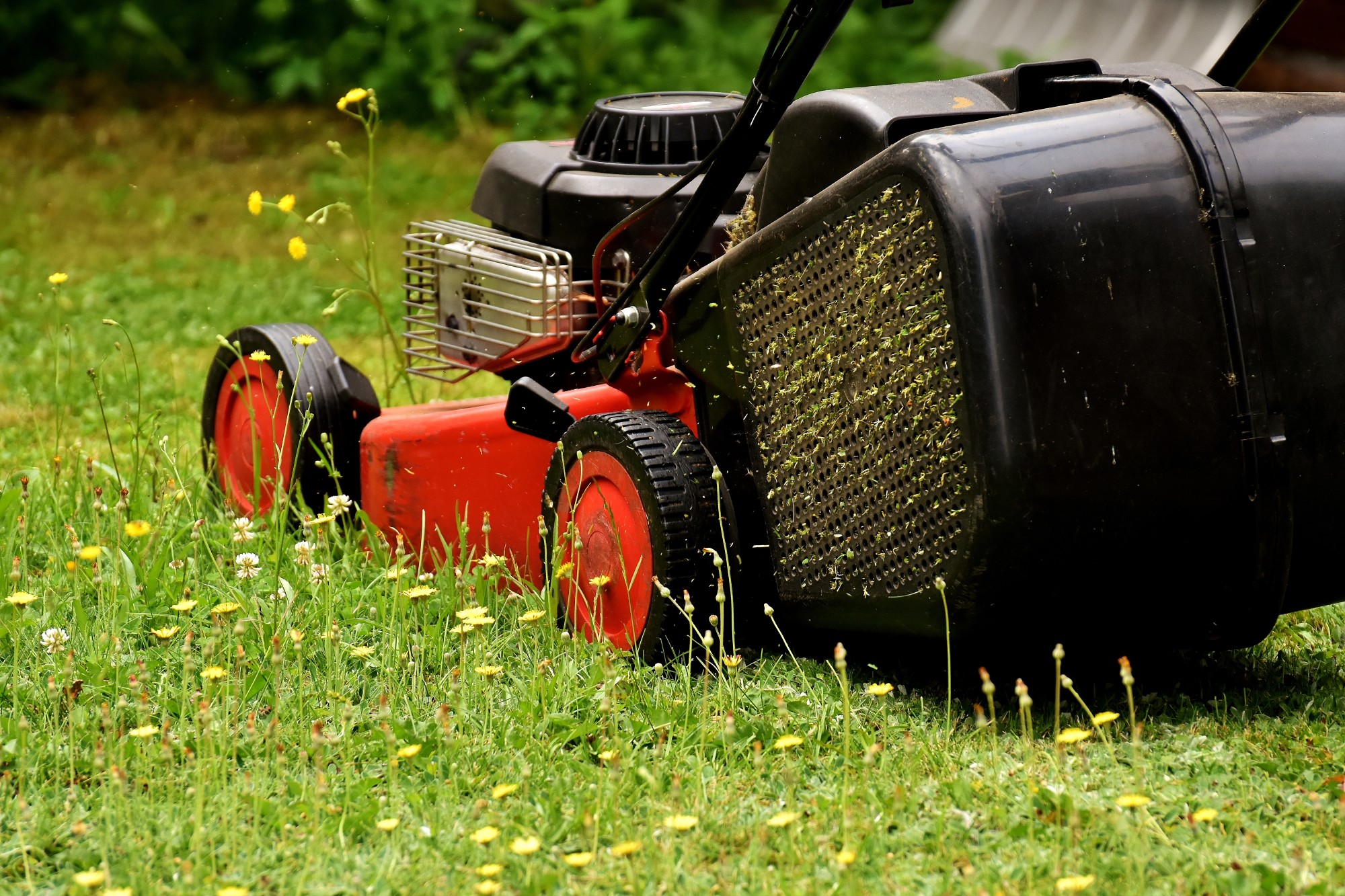Maintaining a lush and healthy lawn requires more than just regular watering and occasional fertilization. Proper lawn mowing practices play a crucial role in keeping your lawn looking its best. By following these five lawn mowing best practices, homeowners can achieve a well-manicured lawn that is the envy of the neighborhood.
1. Maintain the Right Height
It’s mowing season, and homeowners across the country are gearing up to give their lawns a fresh and vibrant look. As the sun shines brighter and the days grow longer, it’s essential to follow proper mowing practices to achieve a greener lawn.
One of the most important factors in grass care is the height of the grass blades. Many homeowners make the mistake of cutting their grass too short, thinking that it will save them time between mowing sessions. However, cutting the grass too short can lead to a weakened root system and make your lawn more susceptible to weed growth and disease.
The ideal mowing height varies depending on the type of grass, but a general rule of thumb is to never remove more than one-third of the grass blade in a single mowing.
2. Sharpen Your Blades Regularly
Instead of a clean cut, mower blades that are dull tear and shred the grass. This can create ragged edges that turn brown and give your lawn a frayed and uneven appearance. Additionally, shredded grass blades are more prone to diseases and insect damage.
To ensure a clean and precise cut, sharpen your mower blades at least once a year. Replace severely damaged or bent blades to maintain optimal cutting performance.
3. Mow with Dry Grass
Mowing wet grass can be tempting when your schedule is tight, but it can lead to a host of problems. Wet grass tends to clump together, clogging the mower deck and preventing proper grass-cutting. These clumps can suffocate the grass beneath, promoting disease and hindering healthy growth.
Wait until the grass is dry before you start mowing. This will ensure a cleaner cut and allow the grass clippings to disperse more evenly across the lawn.
4. Vary Your Mowing Pattern
Mowing your lawn in the same direction every time can cause the grass to lean in one direction, giving your lawn an unsightly appearance. To achieve a more uniform look, vary your mowing pattern with each session. For example, if you mowed north to south during your last mow, try mowing east to west next time.
Changing the mowing pattern also helps prevent soil compaction and promotes healthier grass growth.
5. Avoid Lawn Mowing During the Hottest Part of the Day
Mowing during the hottest part of the day, especially in the summer months, can put stress on your grass and increase the risk of heat damage. High temperatures and intense sunlight can cause the grass to lose moisture rapidly, leading to wilting and browning.
To protect your lawn, mow during the cooler parts of the day. The grass will be less stressed and have a chance to recover before the heat of the day sets in.
Ensure Your Lawn is in Top-Condition
Cutting a lawn correctly and frequently will keep it looking lush and green and vastly improve your outdoor living space. You should maintain the right height, sharpen your equipment, and mow with dry grass. Varying your mowing pattern and avoiding mowing during the hottest hours can also help.
Ultimately, taking these steps will ensure that your lawn is kept in top condition year-round. So get out there, take a deep breath, and get to lawn mowing!
If you think this article is helpful, check out our other blogs!




